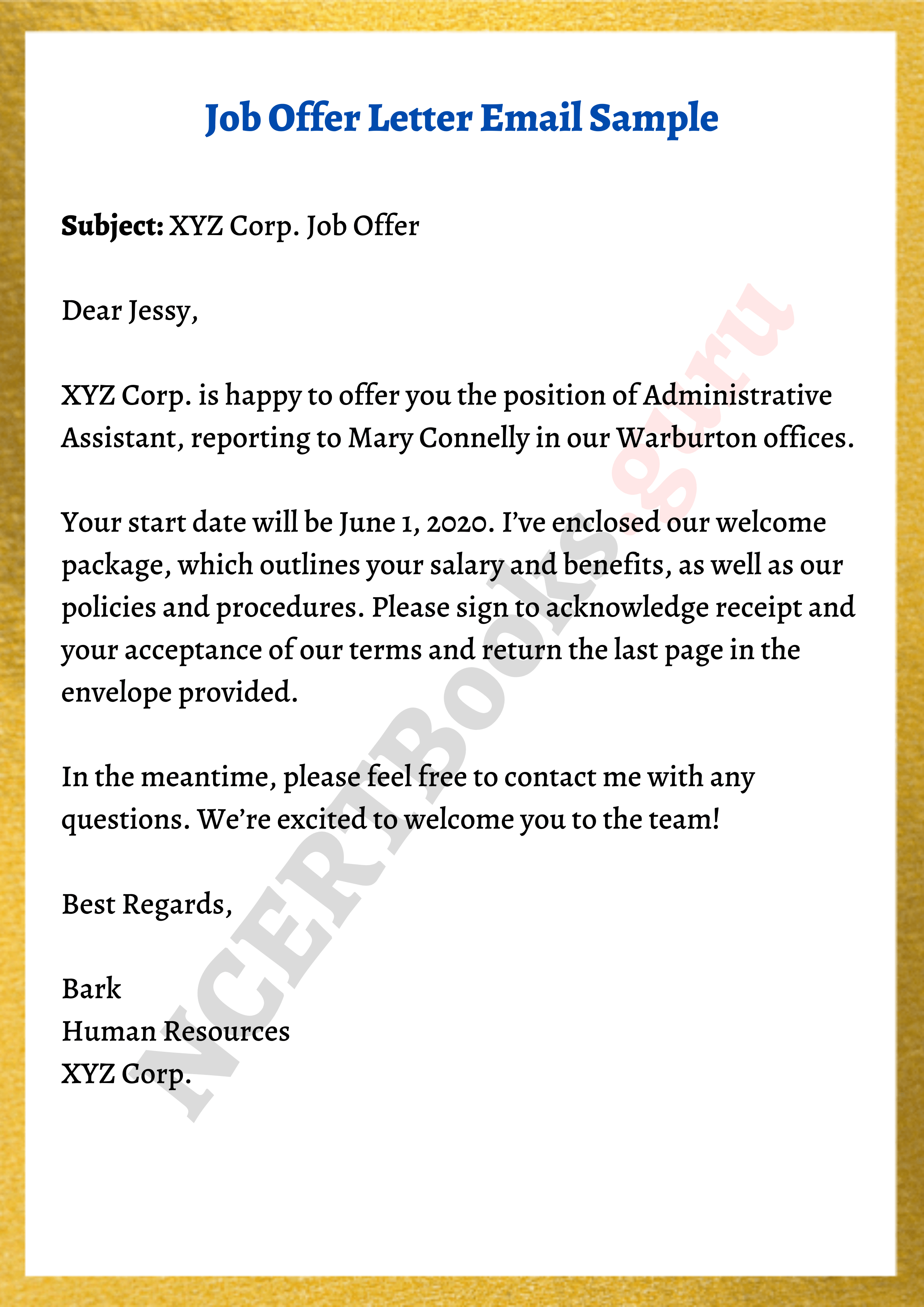Decoding the Indian Job Offer Letter Template

Landing a new job is exhilarating. But before the celebratory biryani, there's the crucial job offer letter. In India, this document isn't just a formality – it's a legally binding agreement that sets the stage for your entire employment journey. This deep dive explores the critical role of the Indian employment offer letter template, providing you with the insights you need to navigate this vital step.
Imagine the offer letter as the blueprint of your professional relationship. It lays out the terms of employment, protecting both the employer and the employee. A well-structured offer letter, often based on a robust template, ensures clarity, minimizing potential misunderstandings down the line. In India's dynamic employment landscape, understanding the nuances of these templates is paramount.
An employment offer letter template in India typically outlines key aspects like compensation, benefits, job responsibilities, and other crucial terms. These templates provide a framework for companies to create consistent and legally sound offers, ensuring they adhere to Indian labor laws. From startups to multinational corporations, utilizing a standardized offer letter template streamlines the hiring process and mitigates legal risks.
Historically, offer letters were simpler documents. With evolving labor laws and increasing complexity in compensation structures, the offer letter in India has transformed into a detailed document. This evolution underscores the importance of utilizing a comprehensive template that addresses all necessary components, safeguarding both the employer and employee.
The increasing emphasis on transparency and employee rights has elevated the importance of well-drafted offer letters. They provide a clear understanding of the employment terms, fostering a positive and productive working relationship. Utilizing a template ensures that essential aspects are not overlooked, establishing a strong foundation for a successful employment journey.
A typical Indian offer letter template includes sections for designation, compensation breakdown (basic salary, allowances, deductions), benefits (health insurance, leave policy), probation period, termination clause, and confidentiality agreements. Defining these elements clearly within the template eliminates ambiguity and protects both parties involved.
Benefits of using a standardized template include: Ensured Legal Compliance, Enhanced Professionalism, and Improved Efficiency.
Ensured Legal Compliance: Templates are often vetted by legal experts to ensure adherence to Indian labor laws, minimizing the risk of legal disputes.
Enhanced Professionalism: A well-structured offer letter projects a professional image, strengthening the employer's brand and boosting the candidate's confidence.
Improved Efficiency: Templates significantly reduce the time and effort involved in drafting individual offer letters, streamlining the hiring process.
Creating an Action Plan for Implementing an Offer Letter Template:
1. Consult with legal counsel to ensure the template's compliance with Indian labor laws.
2. Customize the template to reflect your company's specific policies and benefits.
3. Implement a system for utilizing the template consistently across all departments.
4. Regularly review and update the template to accommodate changes in regulations and company policies.Advantages and Disadvantages of Using Offer Letter Templates
| Advantages | Disadvantages |
|---|---|
| Saves time and resources | Can be too generic if not customized |
| Ensures consistency and legal compliance | May not address specific situations |
Best Practices
1. Keep the language clear and concise.
2. Clearly define the compensation and benefits.
3. Outline the job responsibilities and reporting structure.
4. Include a confidentiality clause.
5. Ensure the template is regularly reviewed and updated.FAQs
1. Is an offer letter legally binding in India? (Yes)
2. Can an offer letter be withdrawn? (Under certain circumstances)
3. What should I do if I disagree with the terms of the offer letter? (Negotiate with the employer)
4. Can I request changes to the offer letter? (Yes, you can negotiate)
5. When should I receive the offer letter? (After the final interview)
6. What if the offer letter doesn't mention all the details discussed during the interview? (Clarify with the employer before accepting)
7. How long is an offer letter valid? (As per the terms mentioned in the letter)
8. Can I use a digital signature for the offer letter? (Yes, as per the legal framework of electronic signatures in India)Tips and Tricks: Ensure that your offer letter template reflects current market trends and best practices. Regularly review and update the template based on feedback from HR and legal teams.
In conclusion, navigating the complexities of employment offer letters in India requires a strategic approach. Leveraging a well-crafted employment offer letter template is not just a best practice, but a necessity. It ensures legal compliance, streamlines the hiring process, and cultivates a positive employer-employee relationship. By incorporating the insights and recommendations provided in this guide, you can create compelling and compliant offer letters, setting the stage for a successful and rewarding employment experience. Take the time to review and refine your offer letter template, ensuring it aligns with the latest legal frameworks and best practices. This proactive approach will undoubtedly contribute to a smoother and more efficient hiring process, fostering a positive and productive work environment for everyone involved. Invest in a strong foundation for your workforce, starting with a clear and comprehensive employment offer letter.
Honeywell thermostat troubles get it working now
Discover your dream home in saddlebrook tucson
Kuromi black and white images a darkly charming aesthetic













